Painted Rock Petroglyph Site and Campground
March 31, 2019
The Painted Rock Petroglyph Site provides the opportunity to view an ancient archaeological site containing hundreds of symbolic and artistic rock etchings, or “petroglyphs,” produced centuries ago and are thought to be remnants of the Hohokam culture from about 300 to 1400.
Human-seeming figures are etched or pecked into the basalt boulders, as well as animals, sun symbols, concentric circles, spirals and mazes.
Drawings of mounted riders indicate work was added after the Spanish introduced horses to the region.
There are also inscriptions “pioneer graffiti” made by people who passed through here during historic times.
Several historic trails lie within the campground. The Juan Bautista de Anza National Historic Trail, the Mormon Battalion Trail and the Butterfield Overland Stage Route are three trails that played prominent roles in the history of Arizona and the American West.
When Juan Bautista de Anza left the Tubac Presidio in 1775 with 240 men, women and children to establish a settlement on San Francisco Bay, he traveled through this valley and noted the drawings of Painted Rock in his journals.
In 1846, the Mormon Battalion followed the same route along the Gila River, building a wagon road that opened the way for westward expansion. A dozen years later the Butterfield Overland Mail Company established mail and stage service that sliced across the region with six stations built between Gila Bend and Yuma.
During World War II, General George Patton used this area as headquarters for tank training. Eventually the railroad and the highways — first U.S. 80 and then Interstate 8 — would parallel the trail that was blazed so very long ago.
You can learn about the site and historic trails through interpretive panels located on the site.
Overnight camping is allowed at the adjacent Painted Rock Petroglyph Campground. The campground has picnic tables, grills, steel fire rings, and a vault toilet. No power or potable water is available at the facility. The area is managed by the Bureau of Land Management and is $8.00 per night or $4.00 with Senior or Access Pass
Despite the fact that this is a small place well off the beaten path, Painted Rock Petroglyph Site is worth a visit, with an astonishing display of rock art.
Visiting the Oatman Massacre-Memorial sites and Fourr Cemetery are an interesting side trip from the Painted Rock Petroglyph site.
The Painted Rock Petroglyph Site and Campground
46101 Rocky Point Rd
Gila Bend, AZ 85337
GPS 33.02437, -113.04543
************************************************************************************
This post contains affiliate links, so I make a small commission if you purchase through my links – that support helps to keep this blog running.
Copyright Foodie Made Simple, LLC. All text, recipes and photographs are copyrighted and may not be published elsewhere without express permission. Pinterest, Twitter, Instagram, Tumbler, Google+ and Facebook users, you are welcome to “pin” photos! re-tweet and “share” links all you like, just don’t copy the recipes themselves. Fellow bloggers are welcome to repost my recipes, just write the recipe in your own words, use your own photograph, then link back to the original recipe on rvcookingmadesimple.com


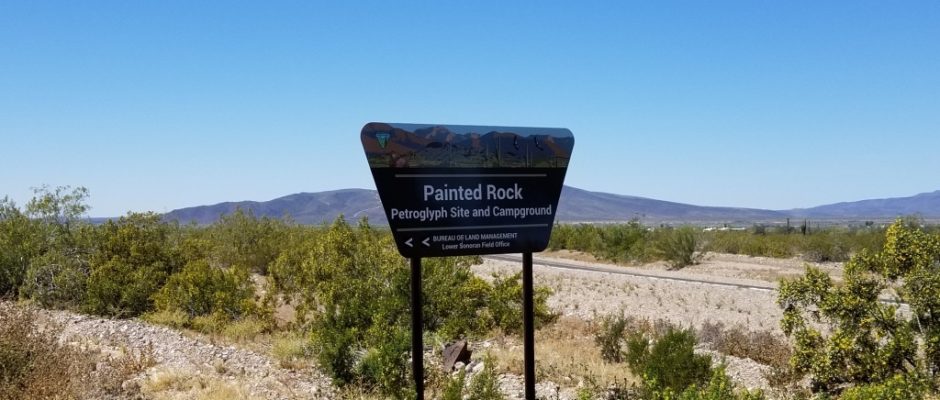
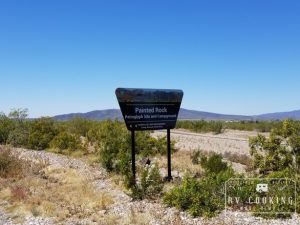

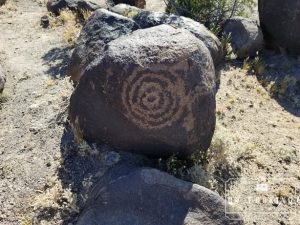
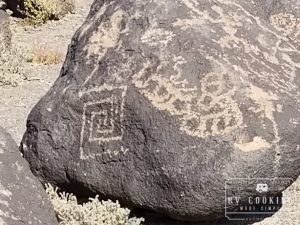
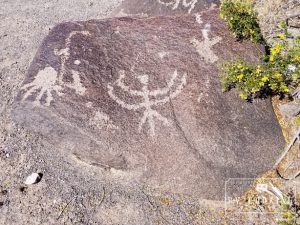
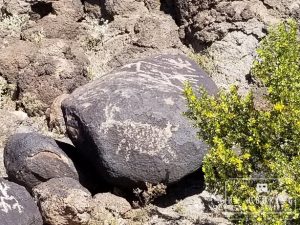
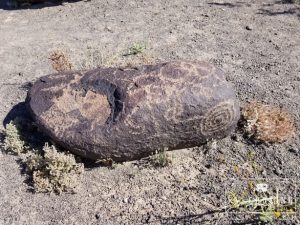
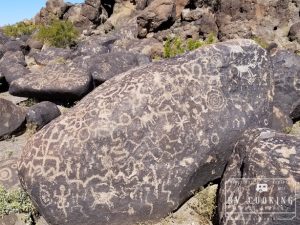
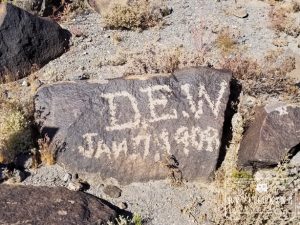

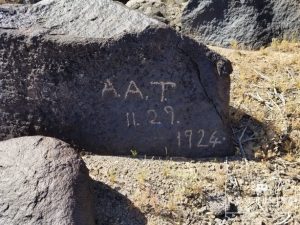
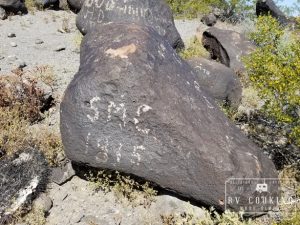
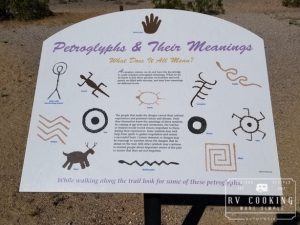








Comments are closed.